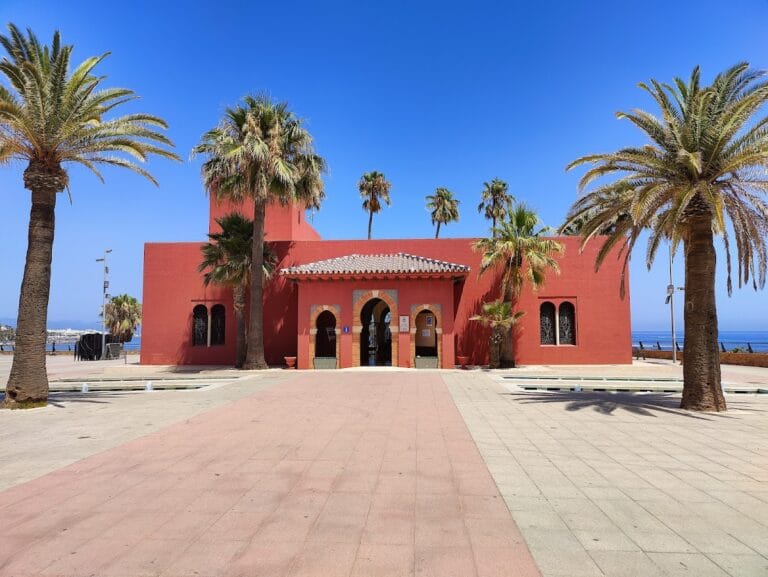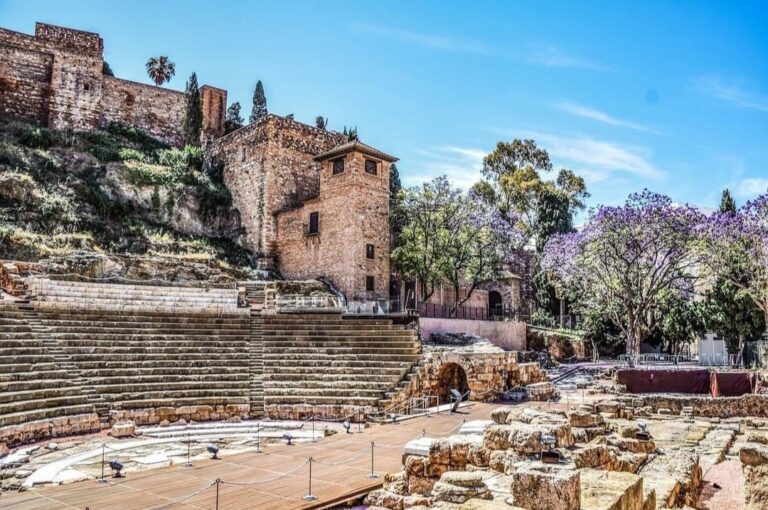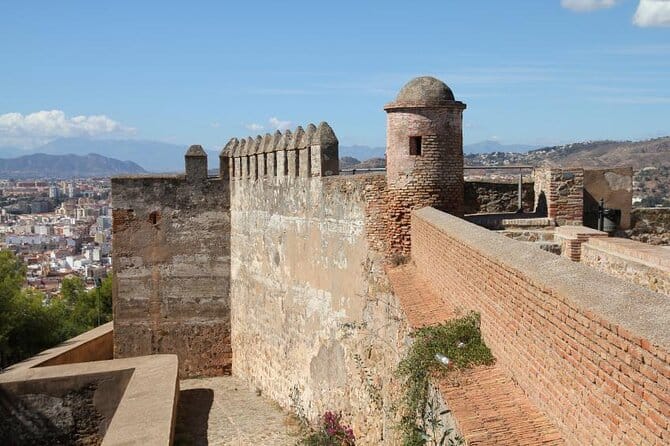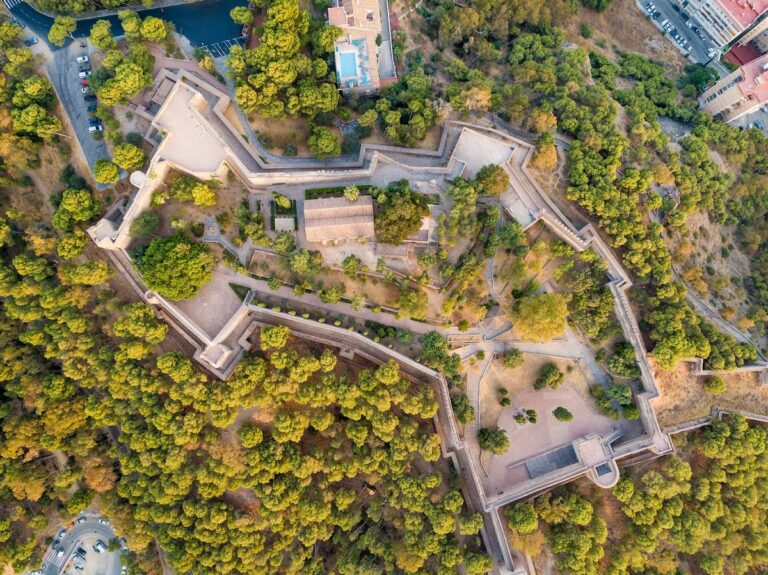Castillo Monumento Colomares: A Modern Monument Honoring Christopher Columbus in Spain
Visitor Information
Google Rating: 4.5
Popularity: Very High
Google Maps: View on Google Maps
Official Website: www.castillomonumentocolomares.com
Country: Spain
Civilization: Unclassified
Remains: Military
History
The Castillo Monumento Colomares is situated in the municipality of Benalmádena, within modern Spain. It was built by the Spanish physician and historian Dr. Esteban Martín Martín, not by an ancient civilization, reflecting a modern tribute rather than an archaeological site from a historical culture.
The monument was constructed over a seven-year period from 1987 until 1994. Its creation was driven by Dr. Martín’s desire to honor the Discovery of America, with a particular focus on celebrating Christopher Columbus and the key individuals linked to his first voyage across the Atlantic in 1492. The monument also pays homage to the Catholic Monarchs of Spain, who sponsored Columbus’s expedition, as well as notable companions such as Diego Arana and Vicente Yáñez. In addition to commemorating these historical figures, the site incorporates references to Columbus’s intended sea route to Asia and acknowledges the diverse cultural influences present in medieval Spain, including Christianity, Judaism, and Islam.
Symbolic elements within the monument reflect aspects of Columbus’s life and legacy, including a mausoleum that represents his death and his journey toward eternity. There is also a chapel dedicated to Saint Elizabeth of Hungary, recognized as the smallest church in the world, which emphasizes not only the religious context of the era but also the intimate nature of some spiritual spaces. Furthermore, the monument highlights the possible Mallorcan origins of Columbus and underscores the influential role of Andalusia and Spain in the historical voyage. The entire construction was manually crafted using medieval building methods, without any machinery, showcasing traditional craftsmanship throughout its development.
Remains
The Castillo Monumento Colomares covers an area of roughly 1,500 square meters, distinguishing it as the largest monument worldwide dedicated to Christopher Columbus. Its design incorporates a blend of architectural styles drawn from several historical periods, including neo-Byzantine, neo-Romanesque, neo-Gothic, and neo-Mudéjar. These combined elements reflect the multicultural heritage of medieval Spain through their stylistic vocabulary. Construction materials largely consist of brick, stone, and cement, with some areas featuring stained glass windows that add color and light to the interior spaces.
Among the interior structures is a chapel measuring just 1.96 square meters, officially recognized in the Guinness Book of Records as the smallest church in the world. This chapel is dedicated to Saint Elizabeth of Hungary and adds a significant religious dimension to the monument despite its modest proportions. Another prominent feature is the mausoleum, which is empty and contains a Gothic rose window. This space symbolizes Columbus’s unknown final resting place, linking architecture with historical uncertainty.
The monument also incorporates several symbolic architectural components. A Chinese pagoda is included to represent Columbus’s original plan to reach Asia by sea. Bronze shields adorn the site alongside a Pegasus figure, which symbolize respectively the Catholic Monarchs and the sailor Martín Alonso Pinzón, one of Columbus’s key collaborators. The layout artistically conveys Columbus’s three ships: La Niña is situated high under an arch that represents La Rábida Monastery, where Columbus prepared for his voyage; La Pinta is positioned on the main facade and supported by the Pegasus horse; and La Santa María is placed separately to allude to its sinking off the coast of Santo Domingo. The monument’s location, near the southern Spanish coast close to Málaga and situated 182 meters above sea level, reinforces its connection to maritime history and exploration.










